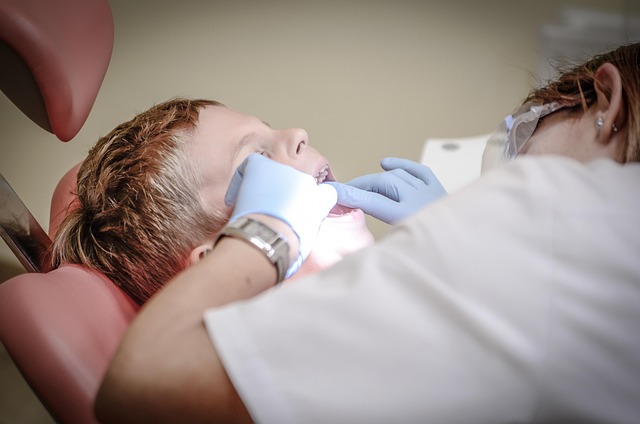Infection prevention steps for routine at-home foot hygiene
Routine foot soaks at home can support comfort and skin health when done safely. Proper preparation, clean equipment, and attention to skin changes reduce risk of infection. This short overview highlights practical infection-prevention steps to include in an at-home foot hygiene routine so you can care for feet responsibly.

Daily or regular at-home foot care—such as warm soaks and gentle cleaning—can help maintain skin integrity and comfort, but it must be done with infection prevention in mind. Clean water, sanitized equipment, and mindful drying reduce microbial growth. People with chronic conditions, recent procedures, or weakened immunity should adapt routines and consult providers. This article outlines practical steps to keep routine foot soaks safe and hygienic.
This article is for informational purposes only and should not be considered medical advice. Please consult a qualified healthcare professional for personalized guidance and treatment.
How should patient care influence at-home foot hygiene?
Treat foot hygiene as part of broader patient care: consider the person’s overall health status, any medications, and recent medical history. Patients taking immunosuppressive medicine, undergoing cancer treatment, or recovering from surgery may have higher infection risk and need clinician input. Good hand hygiene before and after a soak, using clean linens and dedicated tools, and avoiding aggressive procedures at home are basic care principles that reduce pathogen transfer and skin damage.
What special steps are recommended for an elderly patient?
Elderly patients often have thinner skin, reduced circulation, and slower healing. For them, foot soaks should be shorter and water temperature checked carefully. Avoid sharp nail trimming at home; instead, seek a trained professional or podiatrist. Inspect feet daily for breaks in skin, redness, or blisters and consider adding moisturizing therapy to prevent cracks. When mobility or balance is limited, schedule soaks where safe seating and non-slip surfaces are available to reduce fall risk.
Which symptoms suggest infection and when should medicine professionals be consulted?
Look for increasing pain, spreading redness, swelling, warmth, pus, or fever—these symptoms can indicate infection. Persistent drainage, new discoloration, or rapidly worsening signs require prompt evaluation. If the patient has systemic conditions such as diabetes, cancer, or a history of surgical procedures, contact medical providers early. Clinicians can advise on appropriate wound care, antibiotics, or referral to specialists as needed.
What pharmacy supplies and simple tools support a home soak procedure?
Pharmacies offer sterile saline, gentle cleansers, and topical dressings that support safe foot care. Useful household tools include a clean basin, disposable liners or trays, soft nail files, and a dedicated soft toothbrush or nail brush for gentle cleaning of hard-to-reach areas—only if the tool is new or thoroughly cleaned and reserved for foot use. Avoid sharing tools between people and replace or sterilize items regularly to prevent cross-contamination.
How do medical technology and therapy relate to foot infection prevention?
Advances in medical technology and therapy affect how clinicians manage foot infections; however, at-home prevention remains practical and low-tech. Patients with implanted devices or recent procedures—whether dental work like orthodontics, screwless implants, or surgeries such as liposuction—should discuss tailored hygiene plans with providers. Oral health and dentistry-related procedures can transiently alter infection risk or antibiotic recommendations, so coordinate care across specialties when underlying conditions exist.
Can other health factors like oral health, weight loss, or facial procedures affect foot care?
Systemic health influences skin resilience and infection risk. Conditions associated with significant weight loss, chronic illness, or recent procedures (for example, certain dental aesthetics or jawbone surgeries) may change healing responses. Good communication between the patient, pharmacy, dental or medical teams, and any treating specialists helps ensure the home routine aligns with overall treatment plans. If concerns arise about interactions with medications or symptoms, consult the relevant clinician.
Conclusion
A thoughtful at-home foot-soak routine balances comfort with infection prevention: use clean water and equipment, observe gentle techniques, inspect skin regularly, and adapt care for patients with chronic disease or recent procedures. When symptoms of infection appear or when complex medical histories exist—such as cancer treatment, recent surgeries, or notable weight changes—seek professional guidance to align home hygiene with medical needs.






